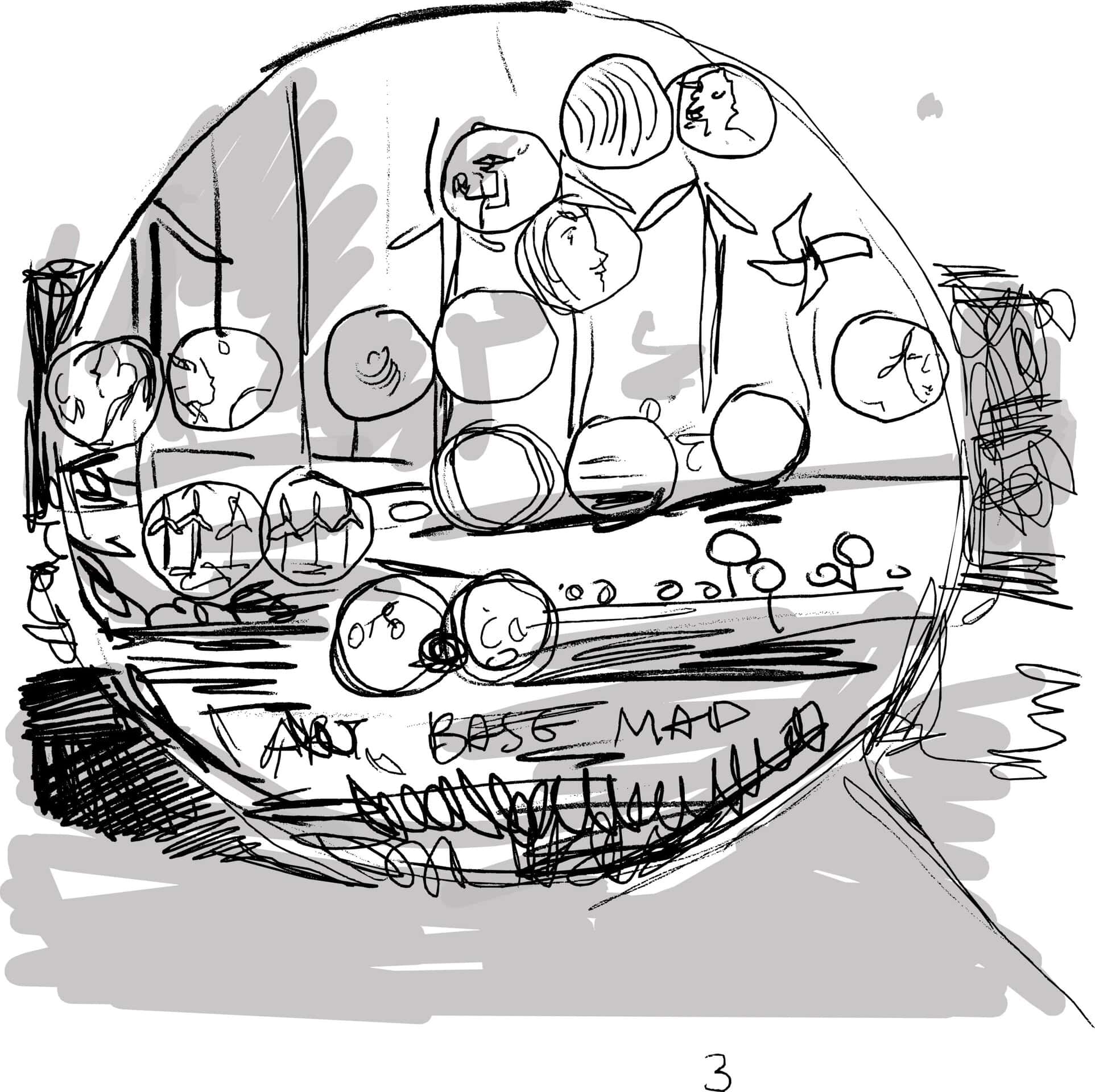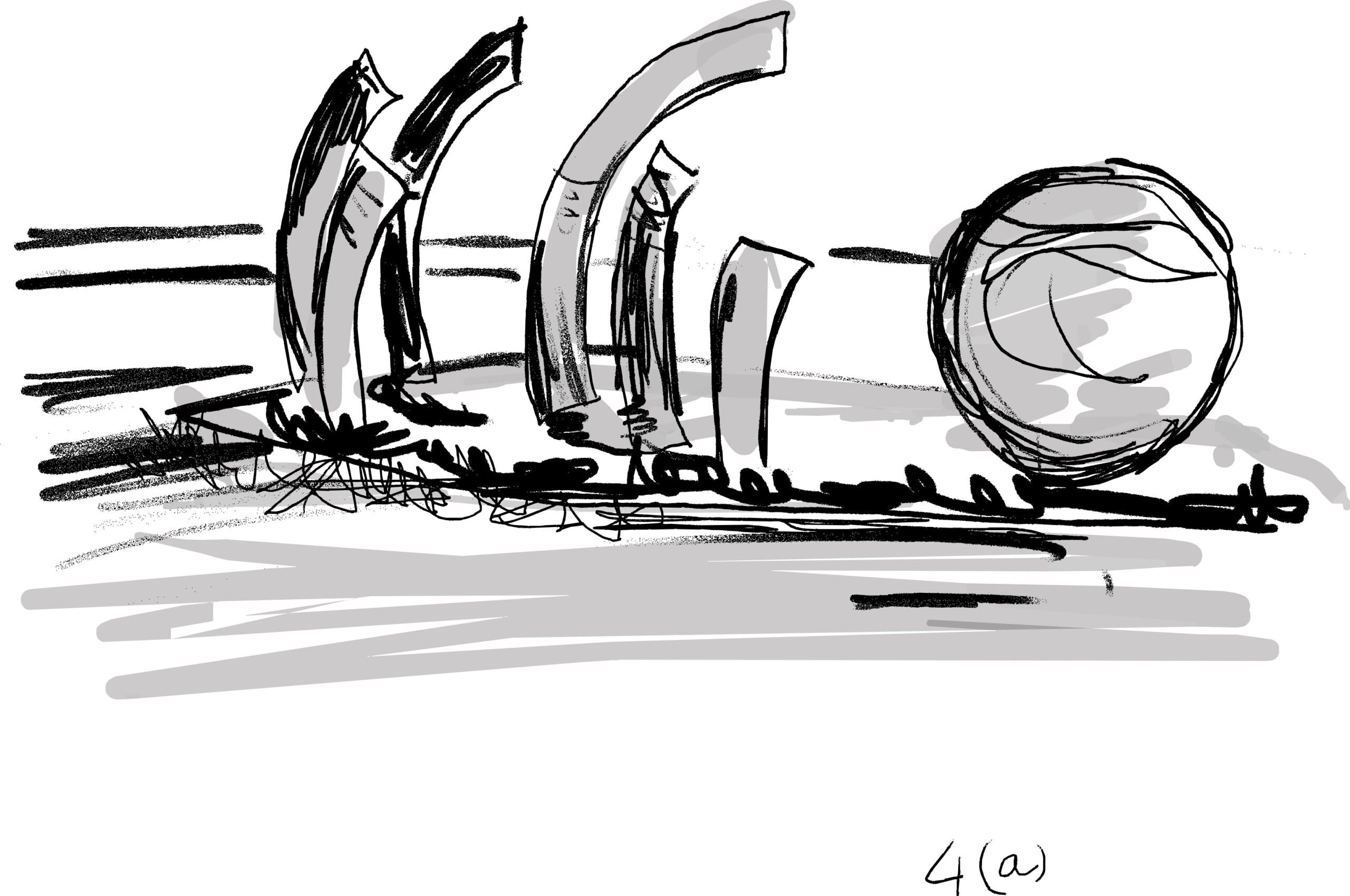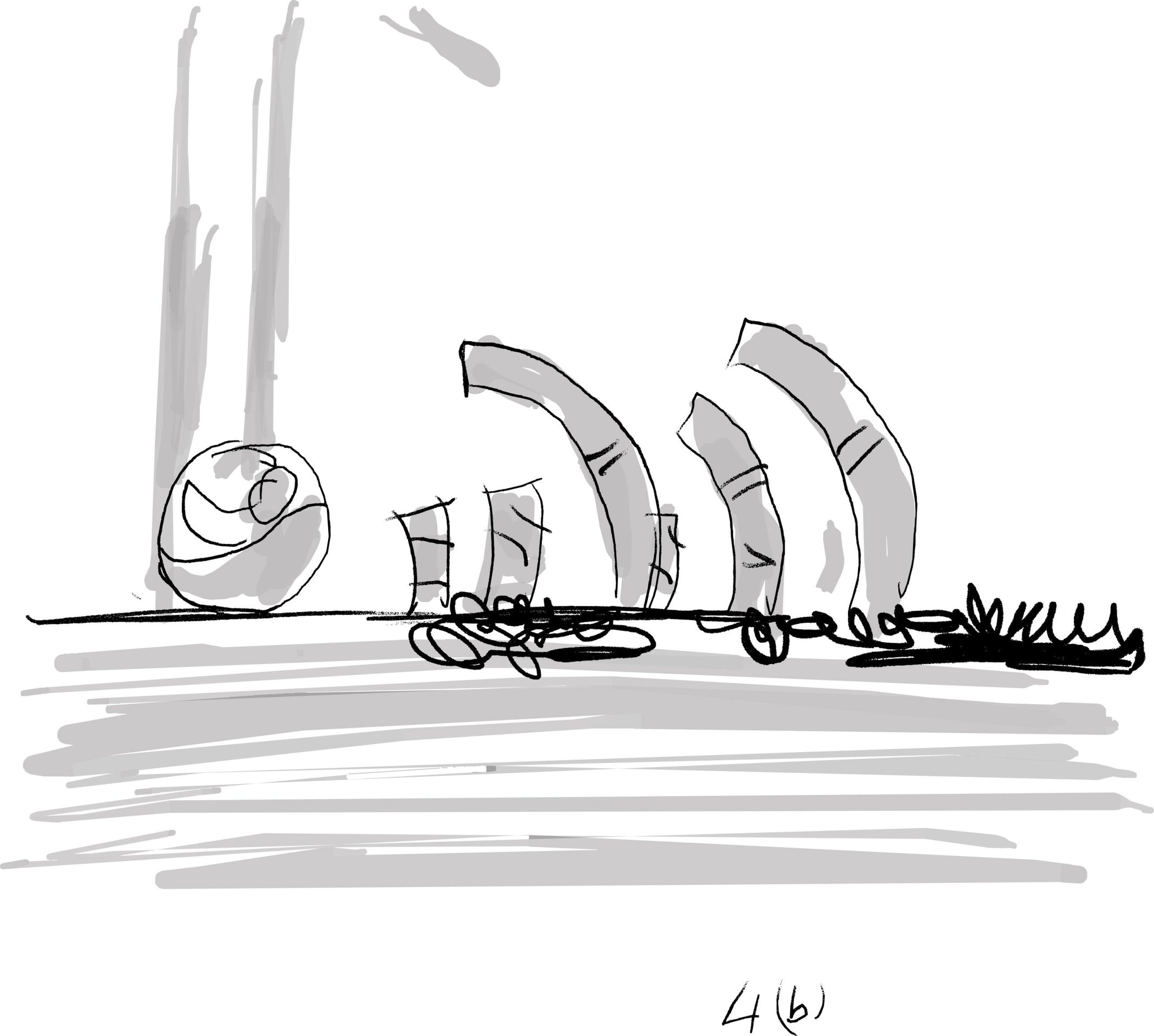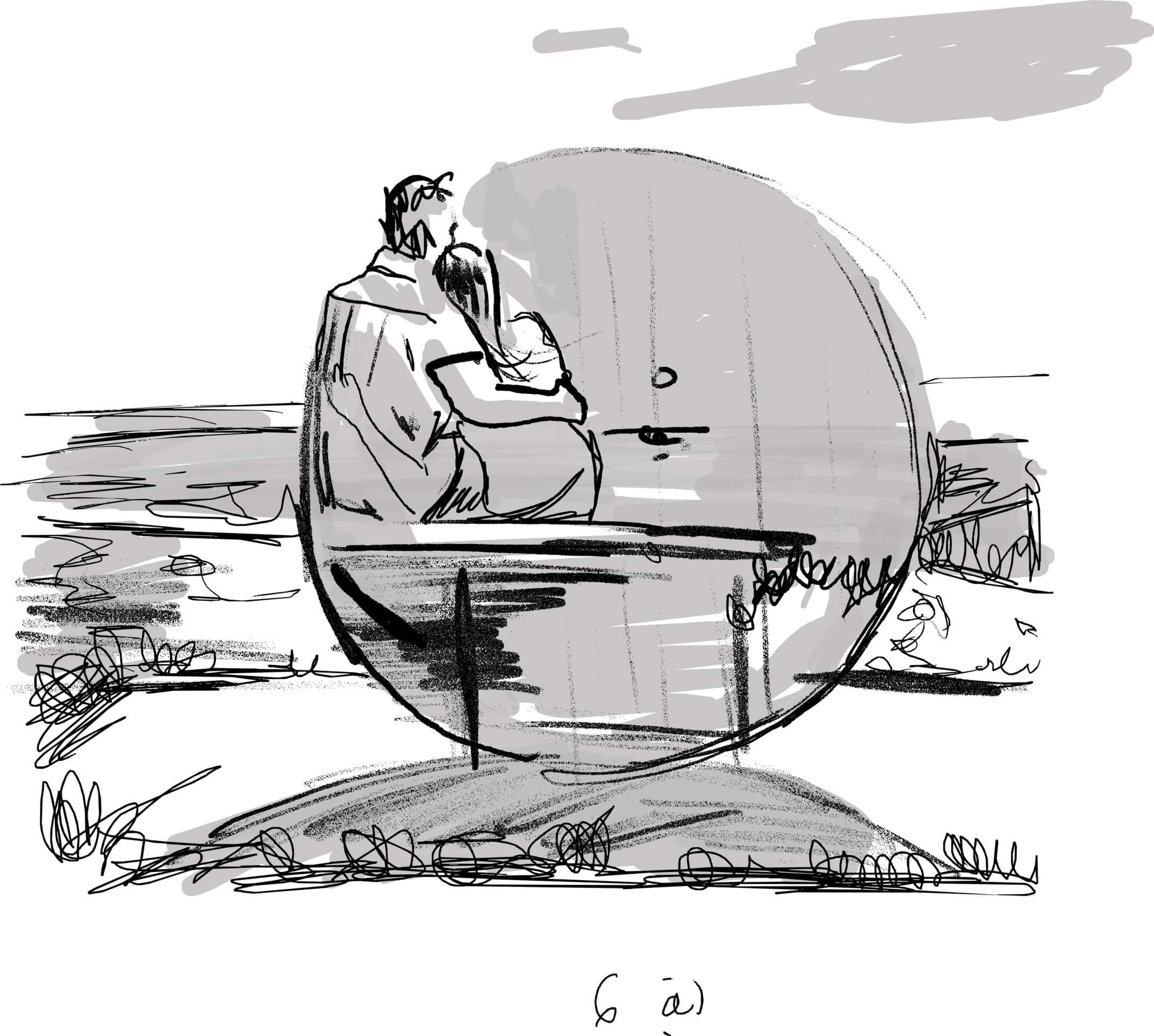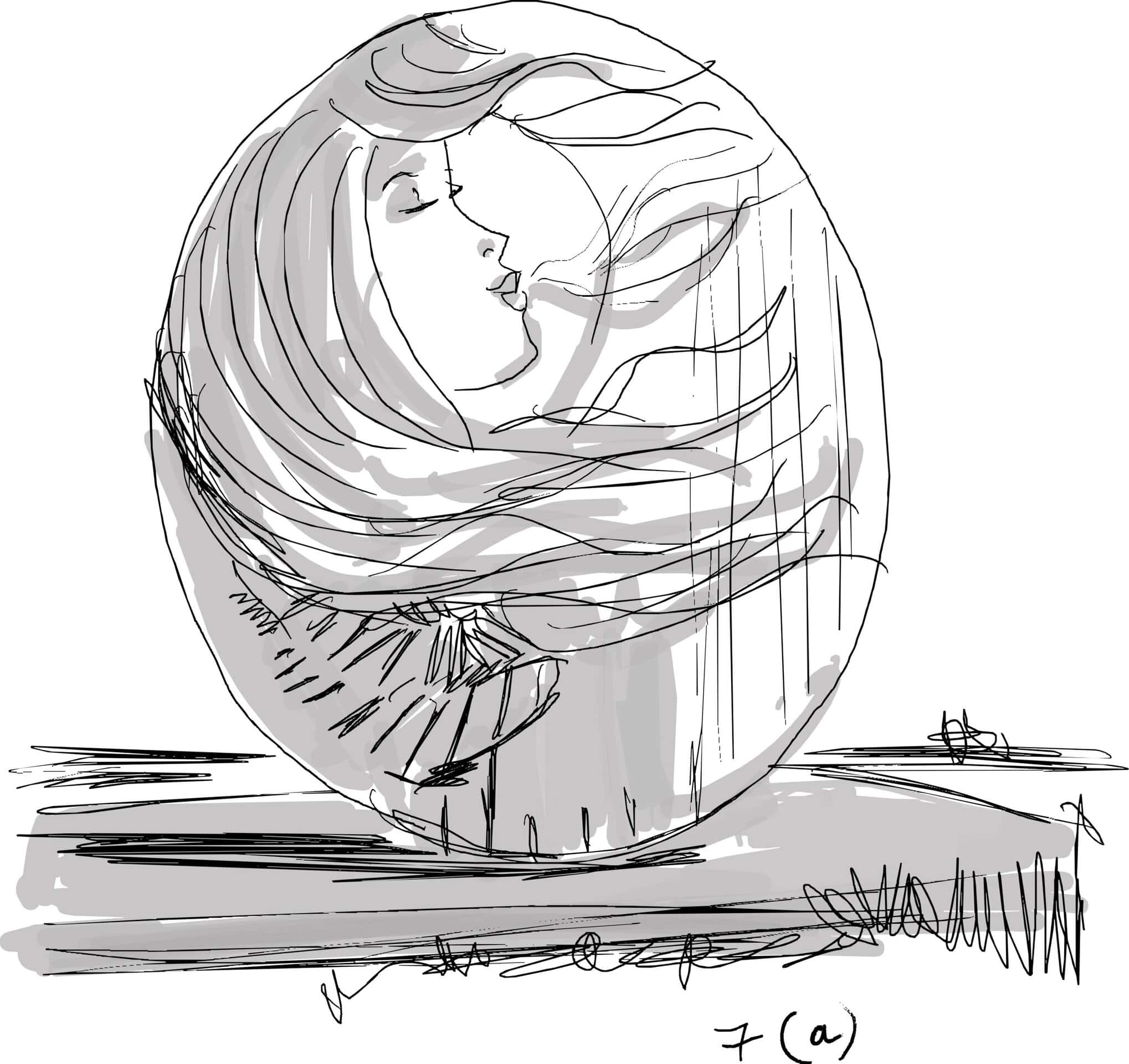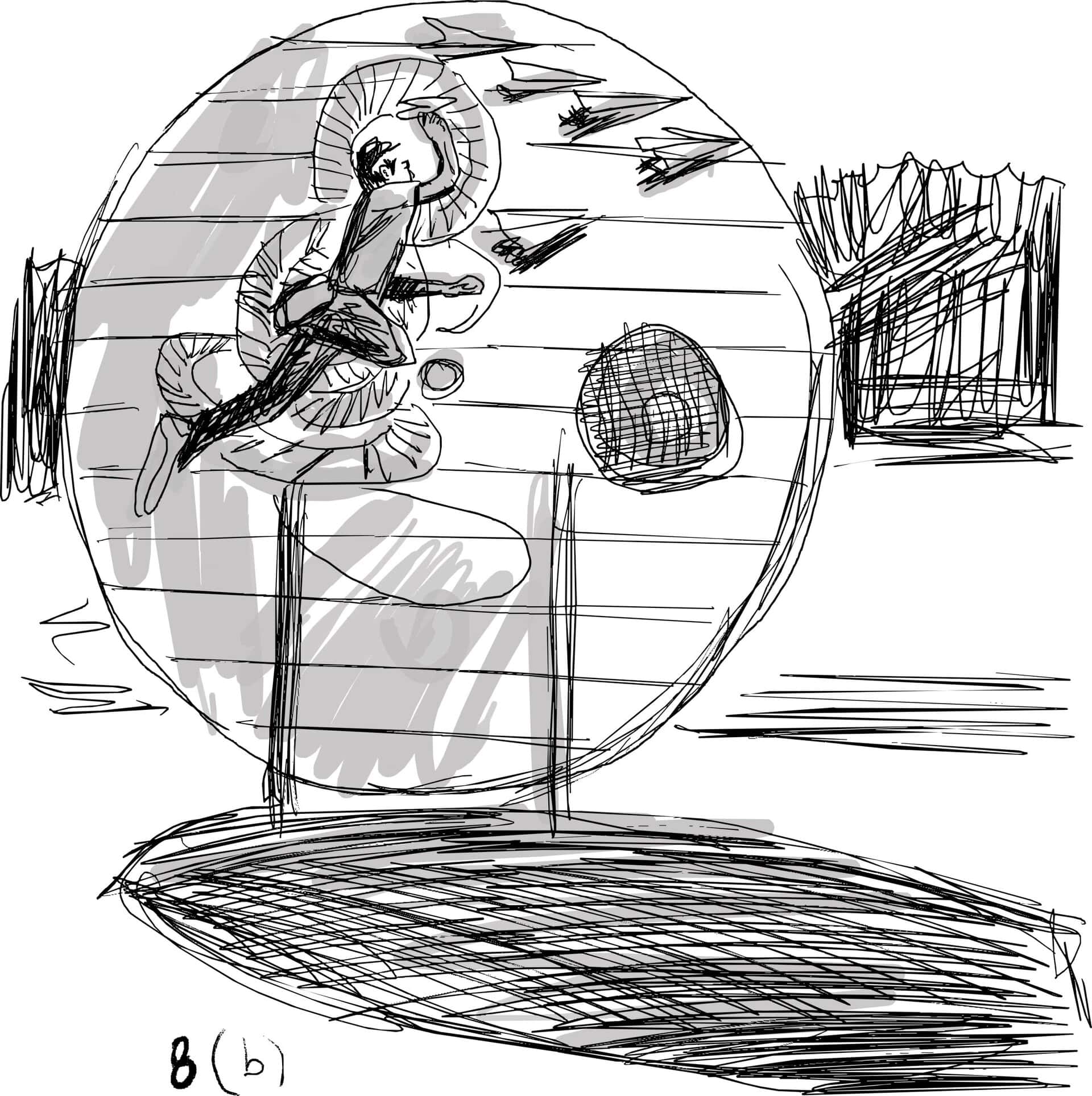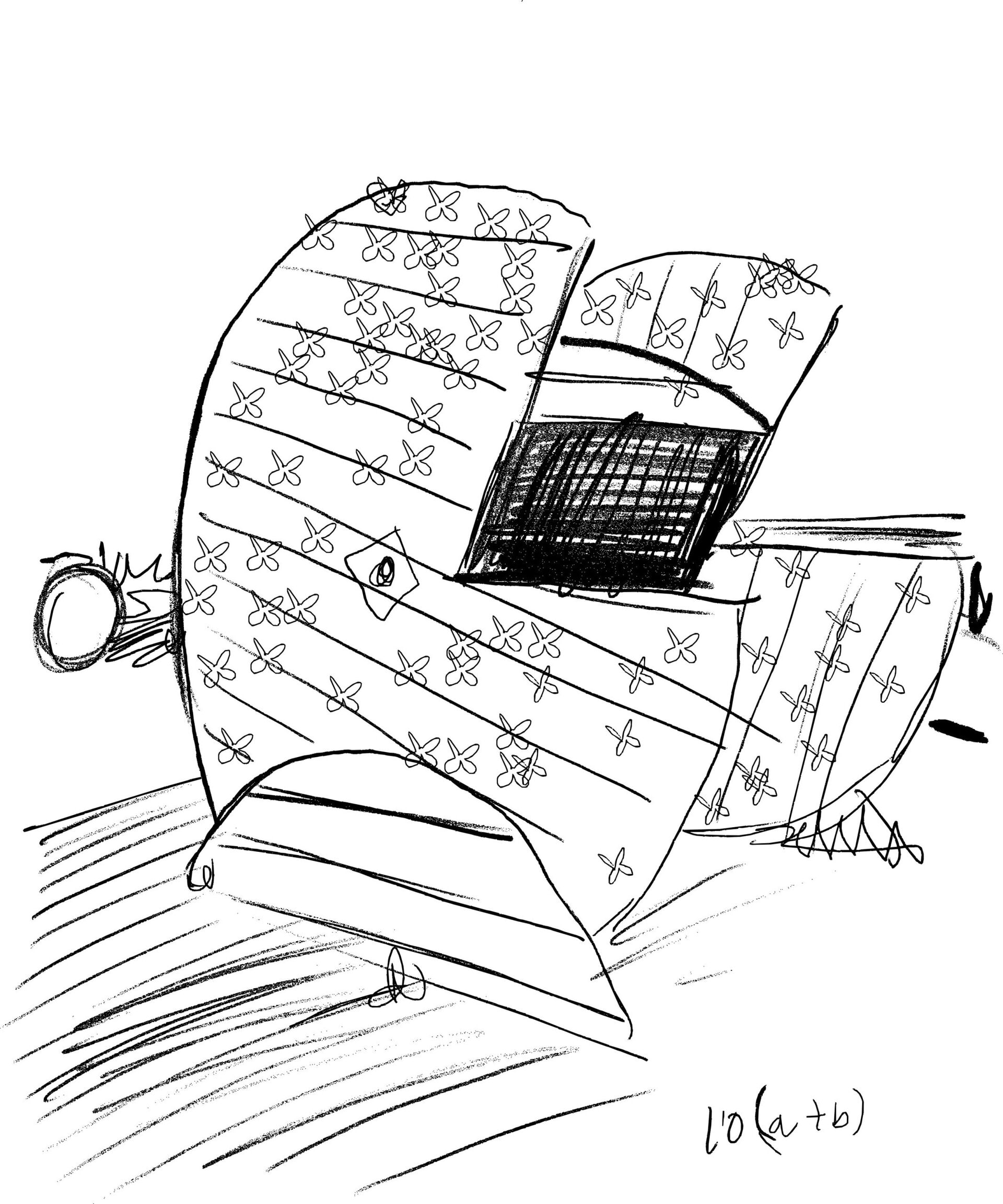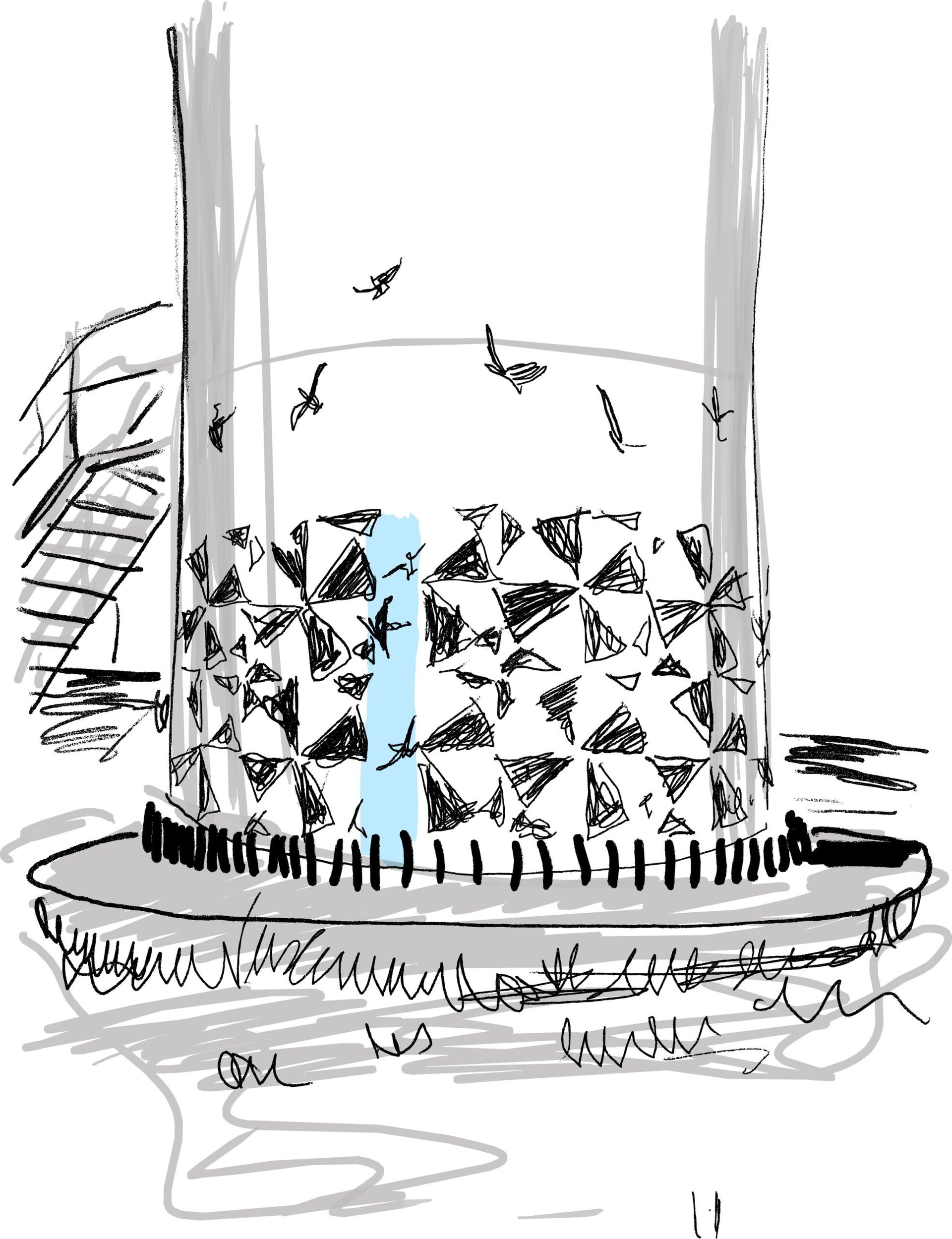Set against the backdrop of a wind farm quietly turning breeze into power, a unique art installation has taken root—one that speaks not only to aesthetics but to purpose. Since 2015, this open-air exhibition, crafted predominantly from wood, has stood as both a cultural landmark and a testament to Aeolian Dynamics’ deep-rooted commitment to the community it serves.
Conceived by Cypriot artist Stefanos Nearchou, the exhibition transforms the natural landscape into a space of reflection and engagement. It invites both locals and visitors to experience renewable energy not as a distant concept, but as an approachable, almost poetic force—alive in motion, light, and form.
For Aeolian Dynamics, this initiative is more than an artistic gesture. It’s part of a broader vision: to spark awareness and cultivate environmental responsibility in the generations to come. Through investments like this, the company’s CSR strategy reaches beyond infrastructure—aiming to shape values, inspire change, and contribute to a future where sustainability and quality of life go hand in hand.
We are grateful to Stefanos Nearchou for bringing this vision to life through his work, contributing meaningfully to our mission of fostering environmental awareness and community connection through creative expression.
The following interview offers a personal perspective from the artist himself, shedding light on how the project came to be and what it aims to communicate to the public.
>>>>>>>>>>>>>>
Dear Mr. Stefanos,
We’re thrilled to showcase your work alongside our turbines and would love to share your perspective with our visitors and the local community. Below is a short outline of questions about your artworks. Thank you for being part of this journey!
- How did this collaboration with our wind farm begin? What intrigued you about working in such a setting?
The collaboration began in 2015, when the idea of bringing together art and renewable energy in the same space first started to take shape. From the beginning, there was a shared interest in bridging technology with artistic expression. I was immediately drawn to the concept of placing art in a setting typically seen as purely functional. Wind farms are often remote, monumental, and quiet—there’s a kind of poetry in that. It felt like an opportunity to respond artistically to both the vastness of the landscape and the rhythm of the turbines.
- What inspired the designs you created for the wind farm? Was a particular concept, story, or emotion guiding your artistic choices?
Yes, there was a strong emotional thread—an idea of movement, memory, and renewal. I wanted the designs to reflect the flow of air and energy, while also speaking to human presence: gestures, stories, and hopes carried by the wind. There’s a dialogue between the spinning blades and the painted wooden surfaces—both capturing invisible forces and giving them form.
- Many of your artworks were created on repurposed wooden electrical spools. Was that an intentional choice?
Yes, and in fact, it was Aeolian Dynamics who first proposed the idea of using the old wooden cable spools. I found the concept immediately compelling. These objects had already served a functional purpose in the transmission of energy—and now, through art, they could carry a different kind of energy: emotional, visual, symbolic. It felt like a beautiful gesture of continuity. Reusing them as canvases allowed the materials themselves to become part of the story—one of sustainability, transformation, and connection between industry and imagination.
- Can you walk us through your creative process—from sketch to final work—especially in such an unconventional and open-air environment? Was it challenging to work and create in the elements of the weather?
Working outdoors always brings a unique set of challenges—sun, dust, wind—but it also adds a certain authenticity to the process. Most of the initial sketches were made on-site, influenced by the atmosphere and the moment. I would then refine them in the studio, but always returned to the location for the final execution.
Interestingly, because the artworks are exposed to the elements year-round, they’ve had to be restored and repainted three times since the project began. And each time, they come out a little different. It’s as if the pieces themselves evolve—renewed by time, weather, and shifting perspective. This ongoing transformation has become part of the work’s identity, echoing the idea of natural cycles and constant renewal.
- Did the wind turbines’ scale, motion, or presence influence your artistic direction in any way?
Very much so. Their scale forced me to think differently about proportion and perspective. The slow, steady rotation of the blades even influenced the rhythm of my compositions—there’s a kind of meditative quality to that motion. I wanted the works to feel like they belong in this landscape, as if they, too, move gently with the wind—even while standing still.
- In your view, what kind of impact can art have in a place dominated by renewable energy technology like a wind farm? Usually, wind farms are industrial developments. How do you see the dialogue between art and infrastructure?
Art has the power to humanize infrastructure. Wind farms are often perceived as purely industrial and impersonal. But when you integrate art into these environments, a new dialogue begins—it reminds us that technology is also part of our cultural and emotional landscape. Art can make people pause, reflect, and reconnect with their surroundings—not just visually, but ethically.
- How do you hope visitors, passers-by, or even onsite technicians will feel when they encounter your artworks?
I hope they feel a moment of surprise, followed by curiosity. That they might see the turbines—and maybe even their own role in this environment—with fresh eyes. The response so far has been encouraging. Many have expressed appreciation for the effort to bring creativity into the wind park space. Aeolian Dynamics’ vision of strengthening environmental awareness through artistic expression seems to resonate with people.
- Would you be interested in exploring more intersections between environmental themes, energy, and public art? If so, what would your dream project look like?
Absolutely. I would love to create a large-scale, interactive installation—something that responds in real time to wind or solar data, incorporating natural forces into the work itself. A piece that isn’t just placed in nature, but animated by it. I believe the future of art lies in these living, responsive forms—where nature, technology, and imagination meet.
Thank you, Mr. Stefanos, for sharing your thoughts and vision with us. It’s an honor to have your work become part of this landscape.
Click here to explore a gallery of the finished artworks and watch exclusive videos of the artist bringing them to life.
The following images present the original sketches created by the artist, offering a glimpse into the early conceptual stages of the artworks and the creative vision that shaped the final exhibition.



